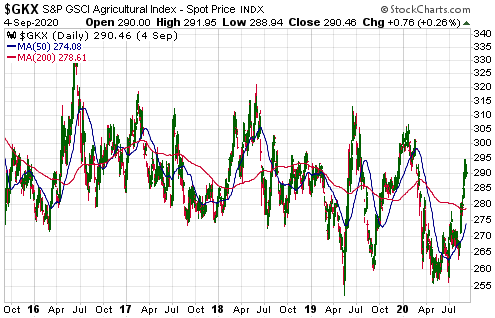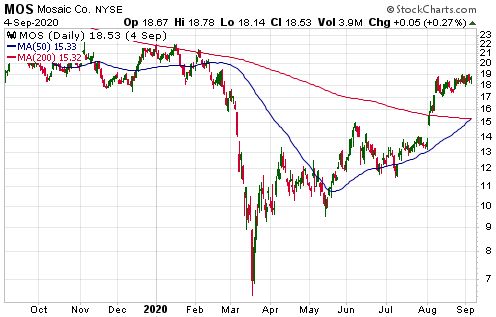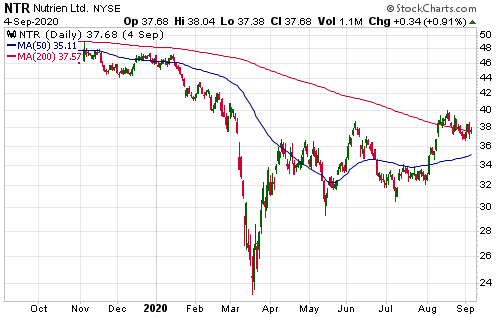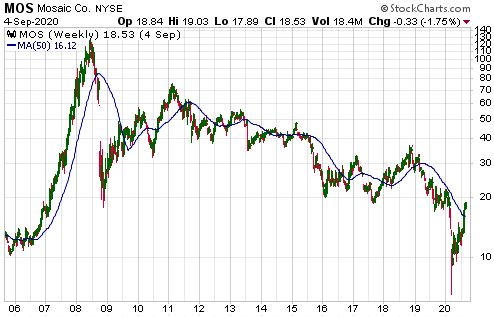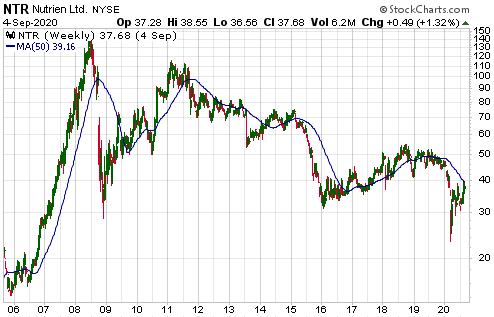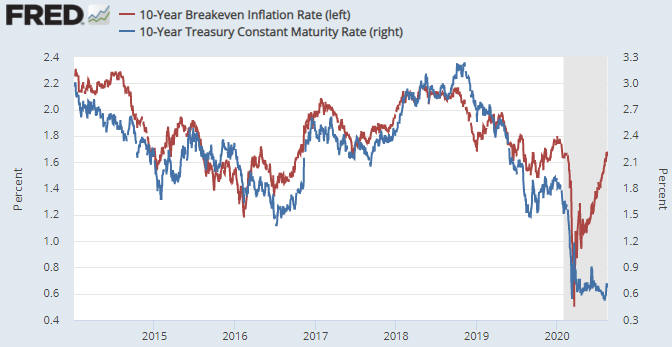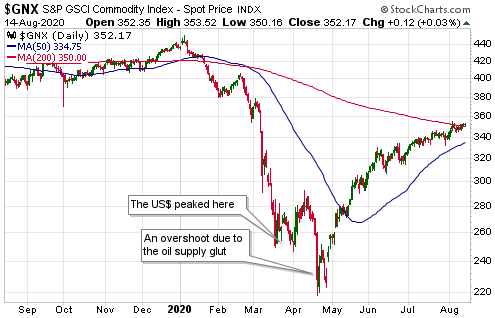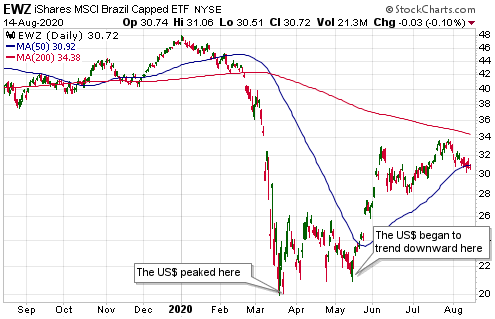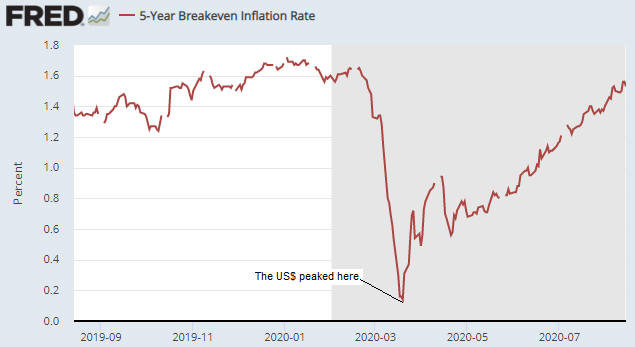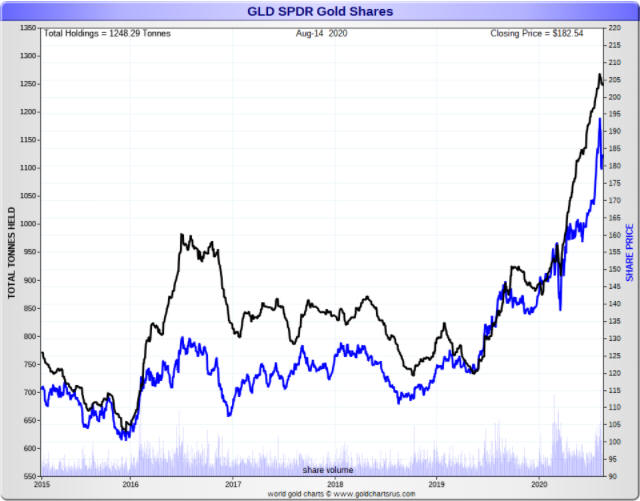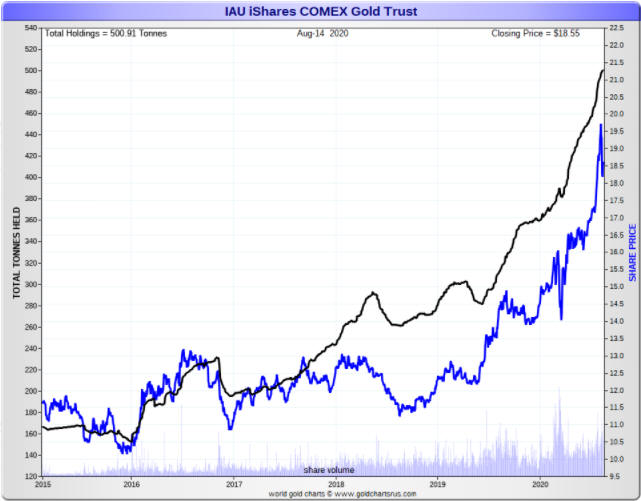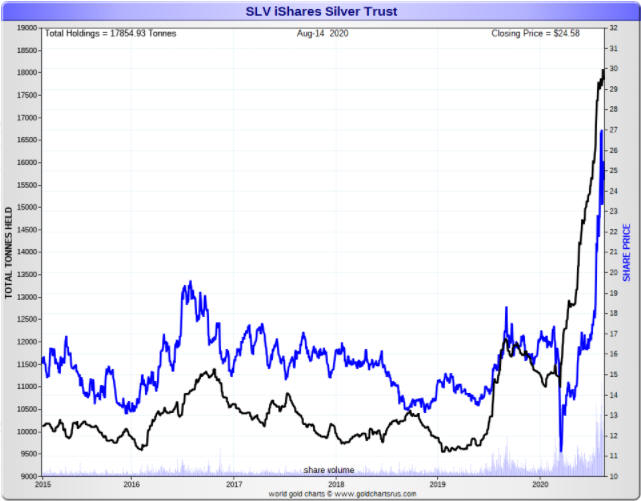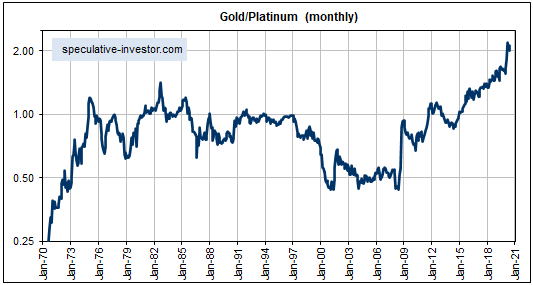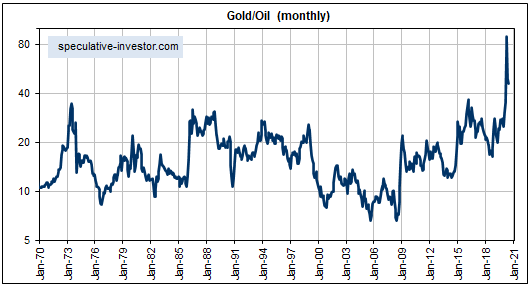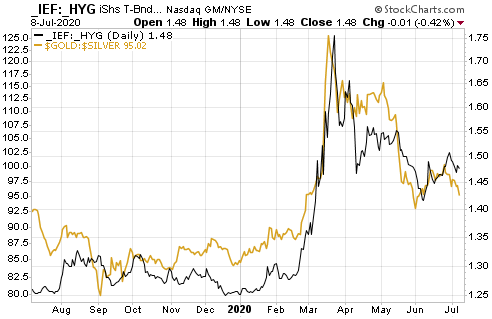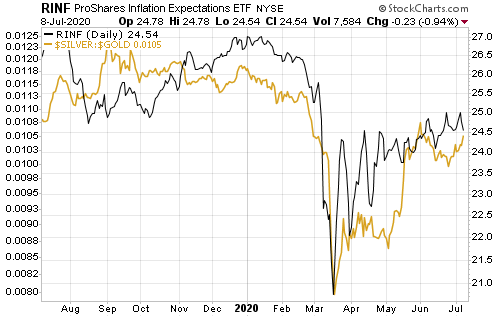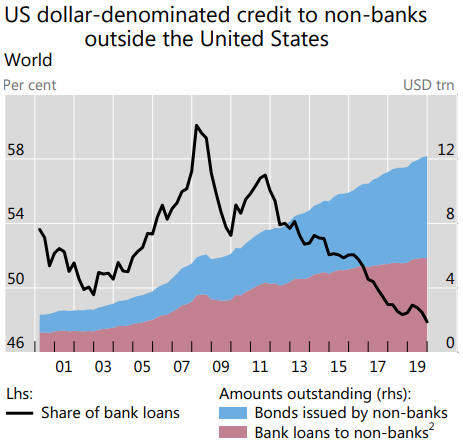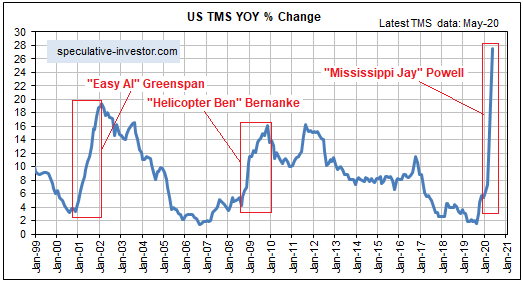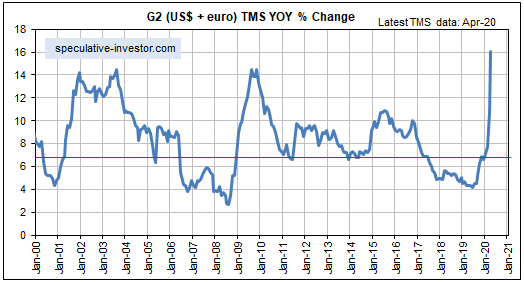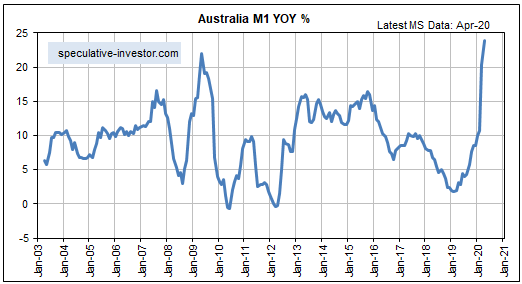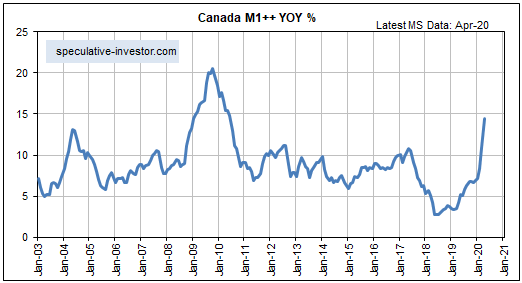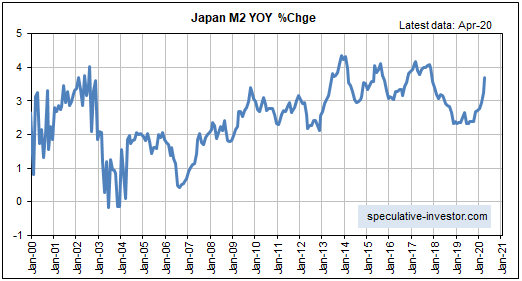Since the Fed implemented its first Quantitative Easing (QE) program in 2008-2009, many analysts have claimed that QE adds to bank reserves but does not increase the money supply (bank reserves aren’t counted in the money supply). Such claims are patently wrong.
Anyone who bothered to do some basic calculations would see that when the Fed monetises securities, as it does when implementing QE, it adds to the economy-wide supply of money. Specifically, if you add-up the increases in the dollar amounts of demand and savings deposits within the commercial banking system during a period in which the Fed ran a QE program and subtract from this the amount of money loaned into existence during the period by commercial banks, you will find that the difference is approximately equal to the net dollar value of securities purchased by the Fed.
The fact is that when the Fed buys X dollars of securities from a Primary Dealer (PD), either as part of a QE program or a non-QE open market operation, it adds X dollars to the PD’s deposit at a commercial bank AND it adds X dollars to the reserve account at the Fed of the PD’s bank. Another way to look at the situation is that the Fed’s purchases of securities add covered money (money in commercial bank deposits covered by reserves at the Fed) to the economy.
The process is described at the top of page 6 in the Fed document linked HERE. Some parts of this document are out of date in that it was written well before the Fed started paying interest on reserves and before commercial banks were able to reduce their required reserve amounts to zero via the process called “sweeping”, but the mechanics of the Fed’s direct money creation haven’t changed.
The persistent claims that the Fed’s QE doesn’t boost the money supply are not only wrong, but also dangerous. The creation of money out of nothing distorts relative prices, leading to mal-investment and slower economic progress. Consequently, the failure to identify the direct link between QE and money-supply growth makes the QE seem far less harmful than is actually the case.
 Print This Post
Print This Post

